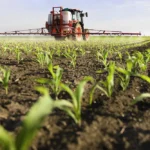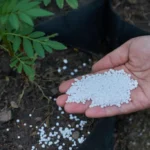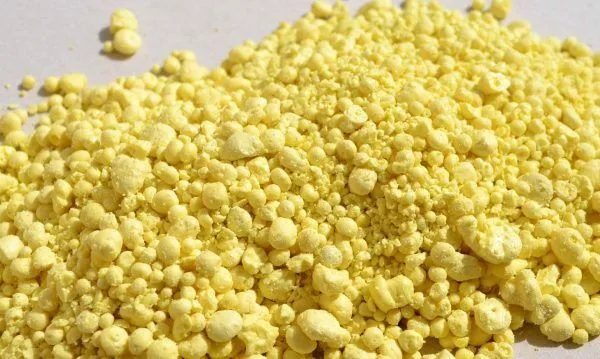The Global Fertilizer Market stabilized in the fourth quarter of 2024. Prices rose slightly by 1% compared to the third quarter but dropped more than 17% year-on-year. This price moderation was supported by ample supplies and steady energy costs, despite trade restrictions in certain regions.
Fertilizer input costs, which peaked in 2022-23, have declined significantly. These lower costs have kept production expenses stable and boosted global fertilizer consumption in early 2024 after a sharp decline the previous year.
However, some regions faced challenges. Egypt experienced reduced domestic natural gas output, affecting fertilizer production, while China’s export restrictions on fertilizers added strain to global supplies.
Production and Trade Trends
Global fertilizer production, especially urea, is expected to grow in the medium term. Much of the new capacity will come from East Asia and the Middle East, which are emerging as key production hubs.
Trade policies have significantly reshaped global fertilizer markets. In the first half of 2024:
- China: Phosphate exports dropped by 60%, and urea exports fell by 90% due to government policies aimed at keeping domestic prices low.
- Russia and Belarus: Despite sanctions, both countries maintained strong potash exports. Russia increased shipments by nearly two-thirds through alternative trade routes.
European countries, facing reduced imports from China and Russia, turned to higher-cost suppliers such as Egypt, Morocco, Saudi Arabia, and the United States.
Outlook for the Fertilizer Market
Fertilizer prices are expected to decline further in 2025 before stabilizing in 2026. However, prices are likely to remain above 2015–2019 levels due to strong global demand and ongoing export restrictions.
Risks to this forecast include rising input costs, especially natural gas. On the other hand, if China resumes exports, it could push prices lower.
Geopolitical and policy changes continue to shape global fertilizer trade. These shifts underline the growing importance of strategic production and trade planning in meeting global agricultural demands.
Click here for World Fertilizer market for more Details











